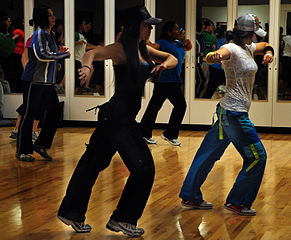 Regardless of your favourite dance discipline, it is important to maintain your practice in other dance forms to both complement and balance your training. Whilst one discipline may be concentrated on, it is beneficial both physically and mentally to take part in other dance forms other than your main interest.
Regardless of your favourite dance discipline, it is important to maintain your practice in other dance forms to both complement and balance your training. Whilst one discipline may be concentrated on, it is beneficial both physically and mentally to take part in other dance forms other than your main interest.
Many teachers encourage their students to try everything to ensure their dance training is well-rounded and dance interests are well-informed. The more dance styles and dance knowledge you have under your belt, the better!
Once dance students begin to venture into dance careers, the different dance styles lend themselves to performances in different ways, and can even influence the roles you are cast for and whether you may have a role created on you in the future. Having a multitude of dance skills at your disposal means dancers are even more of an asset to the dance companies they join. Dance companies demand a lot from their dancers, so the more you can offer, the better.
Despite this, sometimes extreme pressure is placed on the body (and mind) when something completely new is required. Different styles to what you are used to can be difficult to get used to, but by cross-training your body, it will become easier to manage these changes.
Daily class is one of the best ways to cope with the extremes of different styles, as it warms the body up and prepares it for the day ahead. Keeping the body strong and confident is important, so eating well and looking after your body outside of the studio is also vital to succeeding.
Don’t forget that the opportunity to work on lots of different things in lots of different styles is the best way to develop as a dancer, and keep on learning!
Image courtesy of Wikimedia Commons.

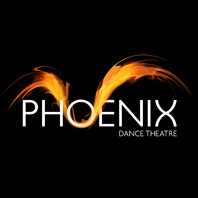 Phoenix Dance Theatre will celebrate the 50th anniversary of the ground-breaking 1964 Civil Rights Act by presenting Tenacity, a specially curated programme that commemorates the Act as a landmark piece of American legislation that allowed voices to be heard. It became a catalyst for change in many parts of the world. Presented at the Stanley & Audrey Burton Theatre in Leeds, Tenacity is a mixed bill curated from Phoenix’s archive, reflecting the company’s own heritage through a range of choreographic voices and paying tribute to the global civil rights movement.
Phoenix Dance Theatre will celebrate the 50th anniversary of the ground-breaking 1964 Civil Rights Act by presenting Tenacity, a specially curated programme that commemorates the Act as a landmark piece of American legislation that allowed voices to be heard. It became a catalyst for change in many parts of the world. Presented at the Stanley & Audrey Burton Theatre in Leeds, Tenacity is a mixed bill curated from Phoenix’s archive, reflecting the company’s own heritage through a range of choreographic voices and paying tribute to the global civil rights movement.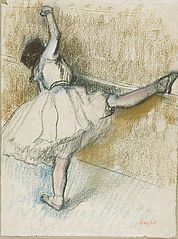
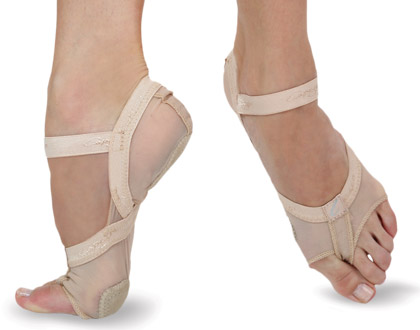 The feet are important to any human being, in terms of posture, gait and movement. For dancers the feet are constantly put under pressure as dance relies predominantly on flexible, mobile and healthy feet. Despite this there are a few common foot injuries in dancers:
The feet are important to any human being, in terms of posture, gait and movement. For dancers the feet are constantly put under pressure as dance relies predominantly on flexible, mobile and healthy feet. Despite this there are a few common foot injuries in dancers: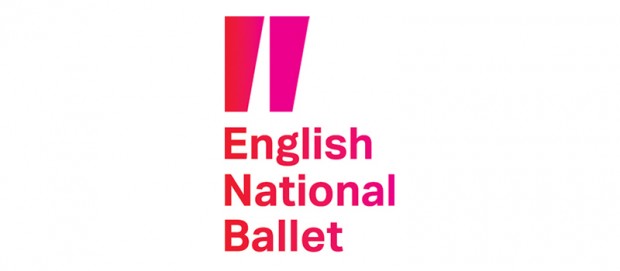 There has been lots of exciting news for English National Ballet recently, including its presenting Modern Masters: Icons of 20th Century Choreography at Sadler’s Wells in March 2015 (including works by Forsythe, Neumeier and Kylián), two new regional hubs for English National Ballet’s Dance for Parkinson’s programme, the My First Ballet series continuing with a brand new version of Swan Lake and a large international tour to take place in 2015.
There has been lots of exciting news for English National Ballet recently, including its presenting Modern Masters: Icons of 20th Century Choreography at Sadler’s Wells in March 2015 (including works by Forsythe, Neumeier and Kylián), two new regional hubs for English National Ballet’s Dance for Parkinson’s programme, the My First Ballet series continuing with a brand new version of Swan Lake and a large international tour to take place in 2015.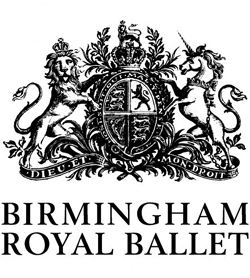 Birmingham Royal Ballet’s autumn season at Sadler’s Wells has recently been announced, including three one-act ballets touched in some way by war under the umbrella title of Shadows of War, and a revival of David Bintley’s fairytale, Beauty and the Beast
Birmingham Royal Ballet’s autumn season at Sadler’s Wells has recently been announced, including three one-act ballets touched in some way by war under the umbrella title of Shadows of War, and a revival of David Bintley’s fairytale, Beauty and the Beast While dance is a physically and mentally demanding subject, many people are still of the opinion that dance cannot be an academic subject and should not be included in a school’s curriculum. Dance as a school subject still faces negative perceptions despite numerous counter-arguments, and can be misunderstood as a ‘soft option’.
While dance is a physically and mentally demanding subject, many people are still of the opinion that dance cannot be an academic subject and should not be included in a school’s curriculum. Dance as a school subject still faces negative perceptions despite numerous counter-arguments, and can be misunderstood as a ‘soft option’.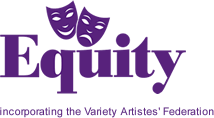 The union Equity has launched a campaign to increase live entertainment in public houses: pubs around the UK are being urged to host live entertainment – including theatre shows – as part of the new campaign, Live Entertainment Works!
The union Equity has launched a campaign to increase live entertainment in public houses: pubs around the UK are being urged to host live entertainment – including theatre shows – as part of the new campaign, Live Entertainment Works! Australia’s Queensland Ballet is set to debut the Olivier and Evening Standard award winning production of ‘La Sylphide’ at the London Coliseum from 4–8 August 2015. Over 30 years since it first captivated the capital’s audiences, the legendary production of August Bournonville’s ‘La Sylphide’ will return to London, performed by the internationally acclaimed Australia’s Queensland Ballet in their London debut.
Australia’s Queensland Ballet is set to debut the Olivier and Evening Standard award winning production of ‘La Sylphide’ at the London Coliseum from 4–8 August 2015. Over 30 years since it first captivated the capital’s audiences, the legendary production of August Bournonville’s ‘La Sylphide’ will return to London, performed by the internationally acclaimed Australia’s Queensland Ballet in their London debut.